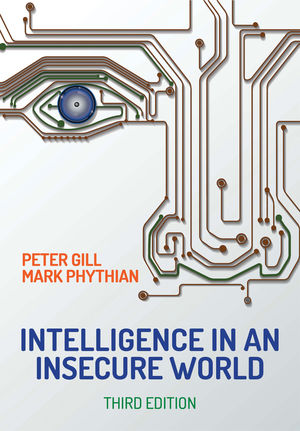The trend toward IP-based video surveillance is, by now, firmly established, according to the second quarter 2012 edition of the Security Industry Quarterly Research Report, published by the Security industry Association (SIA). The question is no longer whether IP-based equipment sales will overtake analog equipment sales, but when.
The available bandwidth for IP-based technologies is still a limiting concern. The United States is 12th worldwide in average broadband speed, around 5.8Mbps. Broadband speeds are likely to increase, which will lead to greater capability and increased expectations for the technology.
IMS Research is forecasting that 2013 will be the tipping point when world network video surveillance equipment overtakes analog in equipment sales.
The arrival of IP technology has raised questions while changing the shape of the surveillance marketplace. The emergence of IP-based technology has made it increasingly possible for IT distributors and integrators to compete with traditional security distributors and integrators. The IMS report, “IP Trends in Security — A Survey of Systems Integrators and Installers,” noted that 80 percent of North American systems integrators and installers purchase at least some IP-based video surveillance equipment from IT distributors, and that number is expected to increase to 90 percent by 2015.
This may be good news for traditional IT integrators who are looking to enter the video surveillance industry, because they are likely to have established relationships with IT distributors. That said, the report noted that many IT integrators are going directly to camera manufacturers for security expertise instead of reaching out to IT distributors.
In addition, there is the influence that IT managers have in deciding what IP-based video surveillance products are chosen. IT managers recently were ranked ahead of other key influencers — such as physical security managers, chief security officers and consultants — in their ability to affect the choice of IP-based video surveillance products.
One reason for this level of influence among IT managers stems from the fact that IT budgets are often larger than associated security budgets. IT departments now routinely purchase security equipment using the IT budget, ensuring that equipment will work with the existing network. From an operations perspective, this is more efficient than having security managers purchase equipment and then work with IT to integrate it into the network.
Also noted in the Quarterly Research Report, the SIA Business Confidence Index for the second quarter 2012 dipped slightly to 65.2 from the first quarter’s 65.3, as confidence remained stable and security industry executives felt good, but cautious, about their businesses.
The fourth quarter 2011 index of 61.5 marked a small upturn from the third quarter 2011 index of 60.8, which had been down from the 70.1 and 73.3 of the first two quarters of 2011. The index closed 2010 at 74.9, which was up from the third quarter 2010 rating of 74.
Executives were less confident when asked about current business conditions generally. In the second quarter 2012, about 66 percent of respondents felt current business conditions were excellent to good, as compared with 69 percent in the first quarter. However, this still was higher than the 58 percent who believed that business conditions were excellent or good in the fourth quarter of 2011.
When asked about their expectations of business conditions in the next three months, a stable 59 percent of respondents said they think conditions will improve, which is similar to the first quarter figure. Twenty-five percent of respondents said they thought their aggregate level of capital spending for both plants and equipment would increase in the next 12 months.
Editor’s Note: The SIA Business Confidence Index is a regular feature in SIA’s Quarterly Research Update. It is a quarterly survey of security industry executives who are members of SIA. Confidential responses are compiled to measure the level of confidence in the industry. For more information, visit www.siaonline.org/store.







